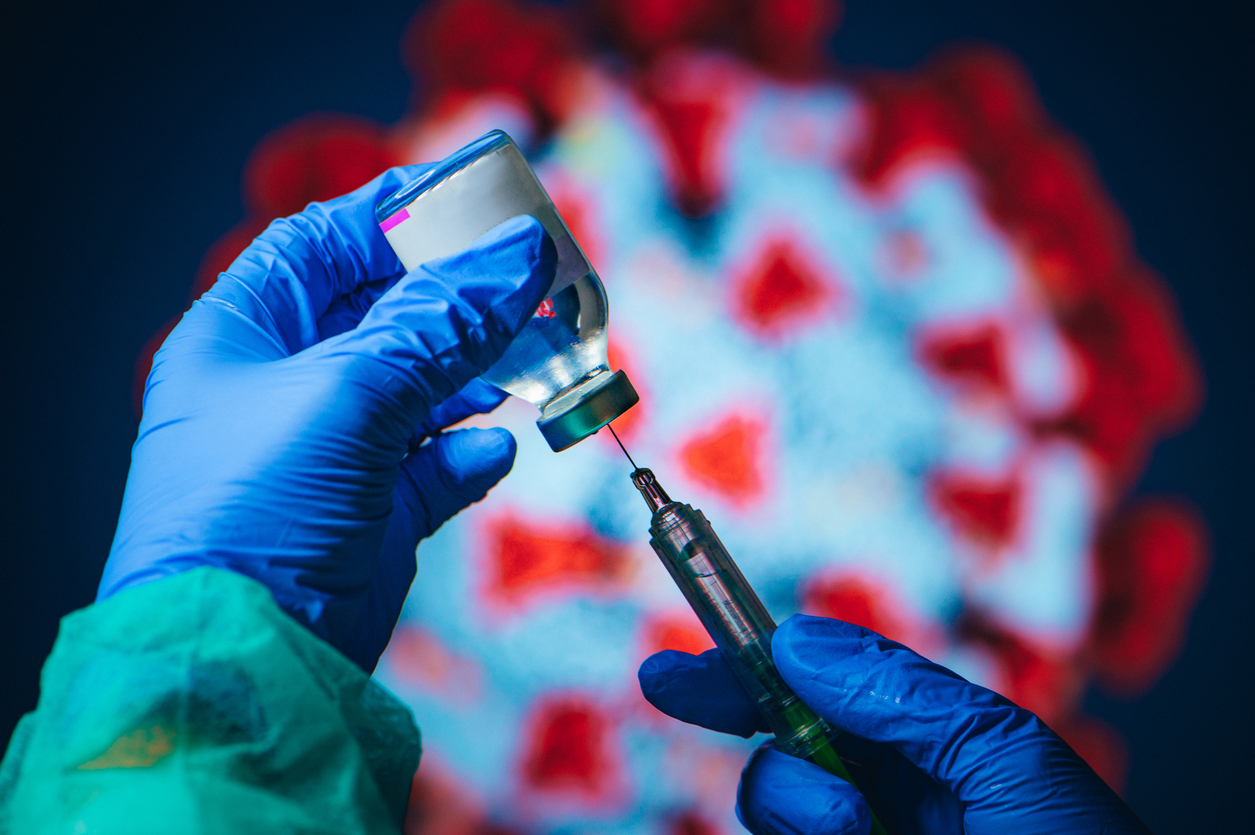
COVID Vaccines 2.0: Where will they come from; how will they differ?
Nearly 120 COVID vaccine candidates are at various stages of development and approval worldwide; they face new challenges, but also offer hope

At one end governments across the globe are struggling to convince their populations to get inoculated against COVID. The fight here is against vaccine hesitancy stemming from a range of reasons — from fear of side-effects to religious beliefs to plain stubbornness.
At the other end, governments — particularly in poor countries — are grappling with inadequate supply of vaccines. While Western countries have procured enough supplies to fully vaccinate their citizens — and even offer booster shots — their third world peers often don’t have sufficient stcoks to give each citizen at least the first shot.
In this scenario, there is rising hope that next-gen vaccines against SARS-CoV-2 will address several issues of the current ones. They are expected to offer better protection against virulent variants such as Delta, promise fewer side-effects and prove cheaper, too.
Products in the pipeline
According to a report in The Indian Express, about 19 vaccines have already been approved for use in select parts of the world, vis-à-vis the 7-8 in use at present. Of these, a substantial portion are made in, and approved by, China, it added. Cuba, Iran, Turkey and Kazakhstan are among others that have developed vaccines.
Also read: Pregnancy, childbirth & COVID: Find answers to commonly asked questions
The report further said over 30 vaccines are undergoing major efficacy trials and some are awaiting approval for emergency use, while 90 are in phase I/II trials. This means over 120 vaccines are under development right now.
Even with stringent testing and regulatory processes, a number of them are likely to make it. This will immediately ease the supply issues if the poor nations get financial support for procurement. Among the most promising candidates are those being developed by US-based Novavax Perhaps and India’s Biological E.
Not only are new vaccines being made, but the production of existing products is also being scaled up, which will again ease supply constraints. The IE report pointed out that Pfizer plans to produce its vaccine in South Africa for use across Africa.
Fresh challenges, fresh hopes
While the new vaccines have the advantage of learning from their predecessors, they also face some new challenges. For example, the existing vaccines had to be tested against the original strain of SARS-CoV-2. The new ones have to contend with numerous variants, of which some are proving far more infectious and lethal than the original.
The fact that large portions of the population are already vaccinated may also complicate the development of new products, said the IE report. It renders the organisation of phase II trials rather difficult, it added. Further, some populations may have acquired herd immunity, which could again skew the results.
However, it is expected that the new vaccines may prove easier to manage in terms of transport and storage. This will, in turn, make procurement cheaper and also help healthcare agencies reach remote areas.
Also, the newer products may be deliverable orally or nasally, doing away with injections, said the report. This, again, will address hesitancy and expand the reach of vaccination drives.
The India scenario
In India, Covishield and Covaxin are likely to remain critical for the vaccination programme, said the IE report. Their production is expected to be stepped up to bridge the demand-supply gap. Sputnik V, which is currently only imported from Russia, may also be produced locally in future.
The protein-based candidates of Novavax and Biological E are critical for India’s immunisation plans, thanks to their stated efficacy rates, said the report. Zydus Cadila, another domestic player, has developed a DNA-based candidate, which could also be a game-changer.


